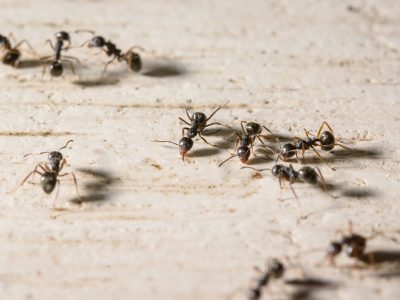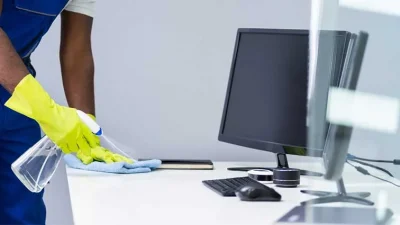Most plants that are grown in the backyard can be grown in containers. Before purchasing nursery planters, it is keen to be aware that several types of containers can be used, especially for vegetables. You want to make sure that the planter container you select can accommodate the roots of the vegetables as there are varieties to the depth size. There is no one-size-fits-all when it comes to choosing nursery planters. A gardener can choose any container to meet his criteria and deliver the creativity he hopes to achieve.
As much as you might want to create a nurturing environment for your plant to grow, you must understand the different types and styles of plant containers and the area where they will be used as different plant pots have certain pros and cons associated with them.
Nursery planters can be produced from several materials. Some of which are plastic, fabric, ceramic, pulp, wood, metals, concrete, and many more.
- Plastic nursery pots are durable, and one should avoid using black if the location of the nursery pot will be in a sunny environment as they absorb heat. However, while plastic may remain the most-used container due to its availability in different shapes, forms, and sizes and the fact that they are relatively inexpensive, buyers are beginning to question the use of plastic containers as a sustainable practice
- A concrete nursery pot is heavy and ideal for large plants and trees and requires more support.
- Wooden containers are the most natural type of nursery planters. You can prevent nursery planters made of wooden materials like pine from getting rotten by being painted with non-toxic chemicals.
- Metal planters are unique; however, they can get extremely hot in the sun and harm your plants.
- Fabric pots are lightweight and incredibly loved by plants.
- Galvanized tin containers do not rust and provide gardeners the opportunity to be very creative.
Above all, after considering the utility, biodegradability, design, creativity, and so on, a more critical factor to consider is the plant size. The plant size should guide your choice of container size. If the container is too small, the plant cannot get enough nutrients, hence lacking proper growth. Likewise, if the container is too big, it can diminish the value of the plant because they will spend more time on root development. The goal of every gardener is the decision to get nursery planters should be to use quality containers that allow plants to experience optimal growth conditions.













Comments